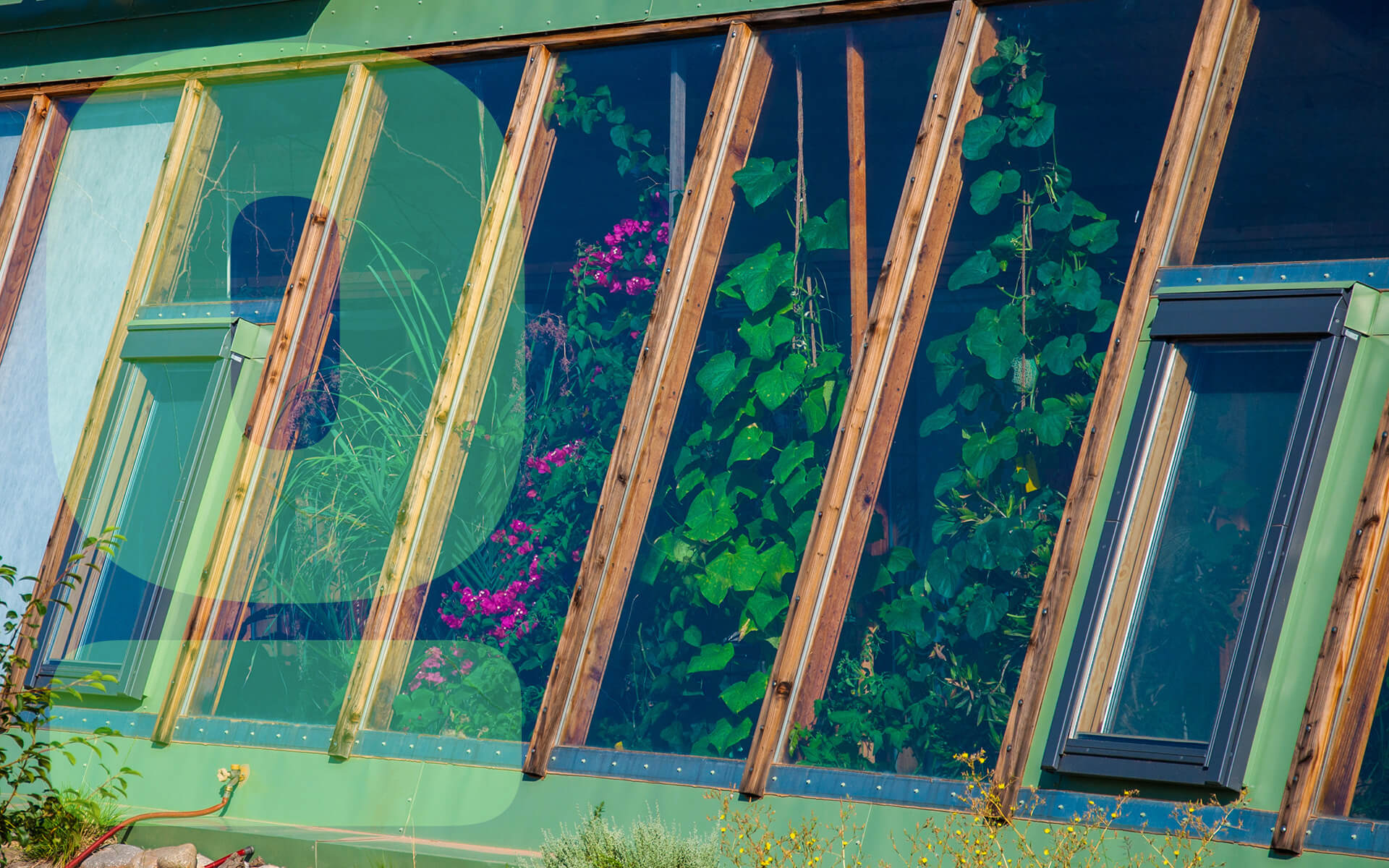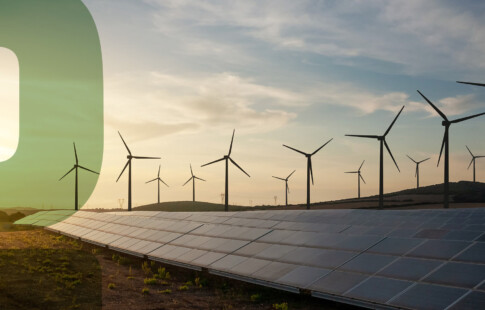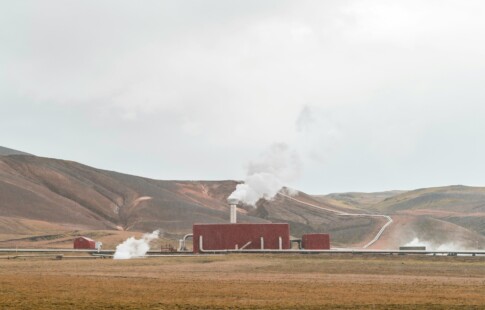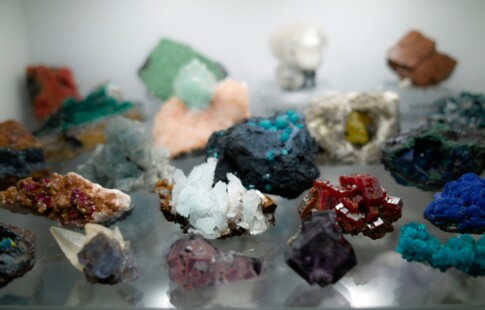
Earthships: A Radical Off-Grid Lifestyle
We are reader-supported. When you buy through links on our site, we may earn affiliate commission.
What is an Earthship? These off-grid homes built with recycled or natural materials are designed to be self-sustainable. Many homeowners have come to realize the risk climate change poses to their families and homes, and they’ve shown greater interest in protecting themselves with off-grid living.
Annual extreme weather events have become the new norm due to climate change. Recently, people have had to find ways to adapt and live more sustainably with the ongoing threat of rising sea levels, raging forest fires, catastrophic rains, and freak ice storms.
One of the more alarming effects of climate change is the impact on our electrical energy supply. According to a study published in the Environmental Science & Technology journal, major grid failures in the U.S. have increased more than 60% since 2015, causing over 50,000 people to lose power for an extended period.
According to the Conservation Institute, 1.7 billion people live off the grid—a quarter-million of which are in the United States. Living off the grid essentially means homeowners aren’t relying heavily—or at all—on public utilities.
You may be wondering how Earthships—which resemble the Tattooine huts in Star Wars—work and if they’re actually a viable solution for facing climate change impacts of the future. Here is everything you need to know about these unique bio-homes.
The History of Earthship Biotecture
Michael Reynolds began constructing Earthships in Taos, New Mexico, during the 1970s upon graduating from architecture school.
After watching a news segment about increasing trash and unaffordable housing markets, Reynolds wired together ten empty cans into a “can brick,” which eventually became a building block for the first Earthship home.
The designs of Earthships have evolved over the years. Today’s construction includes thermal absorption, renewable energy, and ventilation. Additionally, earth-rammed tires diminish the need for foundations while solar power stabilizes temperatures using natural heat and cooling.
For years, Reynolds advocated for Sustainable Development Testing Site Act, which New Mexico passed in 2007. The legislation allows land to be set aside for innovators to test and construct off-grid sustainable building solutions.
Although many of Reynolds’s Earthships sat vacant for a long time, promises of cheaper, cleaner lifestyles with freedom from sky-rocketing utility bills have drawn more people to these off-grid homes during the pandemic.
How Earthships Work
Reynolds has created his Earthship design on six principles that other bio-home companies have integrated into their building operations.
1. Build With Natural Materials
Earthships use recycled or natural materials, such as tires, cans, wood, steel, and mud.
In 2018, approximately 1.2 million tons of rubber tires ended up in landfills in the U.S. In Earthship designs, tires see new life as the foundation of these homes and interior walls. Using mud to cement everything in place, wood and metal materials also make up the rest of the house.
2. Natural Heating and Cooling
A key component of Earthships is that they can heat and cool themselves without using fossil fuels. During the day, the rubber tires store heat and cold, while natural sunlight warms floors and walls. When the temperature drops in the evening, the heat is released into the space on its own.
During the summer heat, Earthships also utilize cooling tubes and vent boxes to regulate the home’s temperatures.
3. Renewable Energy
Although every bio-home uses wind power, solar panels, solar batteries, and inverters, the initial design aims to decrease the electrical requirements before installing solar panel systems to keep costs down.
Some ways of enhancing renewable energy efficiency in Earthship designs include:
- Decreasing the need for electric heat and cooling
- Using efficient lighting, pumps, and refrigeration
- Adding natural light with windows and skylights
- Mitigation of standby power and trickle drains
Using renewable energy only, Earthships require about 25% less electricity than traditional homes, costing some homeowners only $150 per year for utilities in a 2,200-square-foot house.
4. Water Catchment
Each Earthship collects and harvests rain and snowmelt in cisterns as a water source. The system sends the rainwater catchment through a filtering system to clean it. Eventually, it makes its way to a water heater and pressure tank for bathing, washing and laundry.
5. Contained Wastewater System
Earthships have an intricate wastewater system that carries dirty water to interior botanicals. Plants use up as much water as they can before the rest is accumulated in a well and transported into a toilet tank for flushing.
According to the U.S. Environmental Protection Agency (EPA), toilet flushing accounts for 30% of water consumption in conventional homes.
The toilet water then transfers the excess wastewater to a septic tank for exterior landscaping. On average, harvested water recirculates four times so that Earthships don’t need to rely on municipal or groundwater.
6. In-home Organic Food Production
In recent years, the Earthship concept has integrated an organic food production system with assistance from a plant specialist. The design uses hanging mini-hydroponic planters and vertical gardens for growing herbs, vegetables, and fruits year-round.
The idea is for the Earthship community to pick their food right off their own houses, limiting the need to travel for groceries.
Things to Consider When Building an Earthship
There are many advantages to Earthships, including savings galore on utilities, durability, and the chance to live a more simplistic lifestyle.
However, the costs to build Earthships can be wide-ranging, and home values are nearly as expensive as traditional homes. Because the Earthship design is still in its experimental phase, many projects fail or are abandoned midway through, with intended homeowners losing thousands of dollars.
People interested in building and living in Earthships may want to consider enrolling in the Earthship Biotecture Global Academy, where they can spend a month learning online and in the field about constructing these sustainable homes.
Earthships may also be more suitable for warmer climates, although past research has concentrated on adapting the concept for Earthship construction throughout Europe.
In one study, Earthships were constructed in Paris, France; London, England; and Seville and Valladolid, Spain. Each location had a different climate, and researchers sought ways to potentially improve and implement the Earthship design on a global scale.
The Future of Earthships
According to Reynolds’s company Earthship Biotecture, there are currently 60 homes constructed with another 70 plots available to build in the Earthship community right outside of Taos.
While sustainable builders look for ways to enhance the design of these homes in the future, Reynolds has leveraged his expertise in helping communities build climate-resilient structures worldwide.
In 2004, an earthquake rocked the Andaman Islands in India, sparking a tsunami that left widespread damage in its wake. Following the event, Reynolds took his team of architects to the islands, where they helped victims rebuild using sustainable materials that could withstand future impacts.
Since then, Earthship Biotecture has constructed various prototype Earthships in Sierre Leonne, Haiti, Malawi, and the Phillippines. Other projects have included an Earthship music school for local children on Easter Island and a public school in Uruguay.
Not Sure? Try Off-Grid Living First
Packing it all up and moving into an off-grid Earthship home may be a bit too radical even for the most sustainability-minded, earth-loving folks. However, visitors can still unplug and rent an Earthship for the night at the original Earthship community in Taos, as well as in Montana and Colorado.
Share on
Like what you read? Join other Environment.co readers!
Get the latest updates on our planet by subscribing to the Environment.co newsletter!
About the author

Jane Marsh
Starting from an early age, Jane Marsh loved all animals and became a budding environmentalist. Now, Jane works as the Editor-in-Chief of Environment.co where she covers topics related to climate policy, renewable energy, the food industry, and more.





